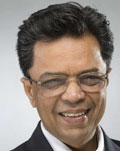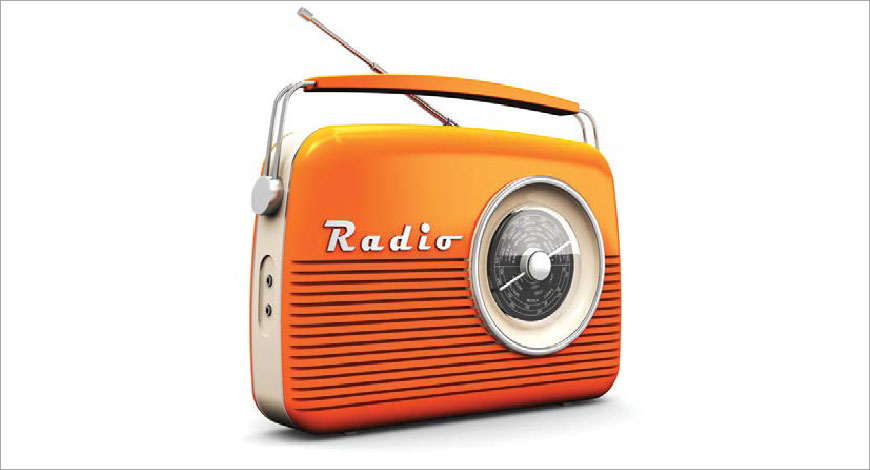 Just before Mothers’ Day on Sunday, May 13, my daughter was planning to get something special for her mother. I accompanied her to a local market in Gurgaon, covertly, so that her mother would be treated to a surprise. She had selected a photograph of the two of them and decided to blow it up and add a nice wooden frame as a remembrance of the day, and we were going about getting the requisites.
Just before Mothers’ Day on Sunday, May 13, my daughter was planning to get something special for her mother. I accompanied her to a local market in Gurgaon, covertly, so that her mother would be treated to a surprise. She had selected a photograph of the two of them and decided to blow it up and add a nice wooden frame as a remembrance of the day, and we were going about getting the requisites.As I stood there, waiting for the framing to be done, my eye wandered to a shop on the ground floor with a red-coloured standee pronouncing ‘Gift your Mother a Carvaan on Mother’s Day’. It was supposed to be 5,000 retro songs out of the famous SaReGaMa series, burnt on an EPROM and given the shape of a classic radio. Instinctively, we went over there, took a quick demo and bought it.
It was a moment of epiphany! I was thrilled to find that radio is still a super relevant piece of our advanced, data-enabled, smartphone-penetrated, information-deluged lives. Be it Gaana, Saavn/Jio, Hungama, Spotify, Apple Music, Amazon Music, Tune In Radio, Soundcloud, Pandora, Deezer... music may have moved to a different medium, but for the end consumer, it remains the same - melodious compositions vibrating in the ear and touching the heart. The rise of music streaming, primarily, is due to the easy availability of high speed data connectivity and penetration of low cost smartphones. Humans have constantly evolved their taste for music, just the manifestation changes. Possibly, the old favourite radio, as we know it for the last 100 years, is metamorphosing into these new avatars of streaming, podcasting, etc.
I kept on looking at the Carvaan – in the shape of a radio with a huge dial and rotary switches for changing channels, etc., and I wondered about innocuous broadcast FM radio as we call it... Commercialized in 1920, radio has weathered the storm of TV in the 1960s and Internet in 2000s and by no means is it dead. Even the most cutting edge of all streaming ‘apps’ tries to play on the human recall of radio and actually has sections by that name. Alas, they are just a playlist and nowhere near the interactivity of the RJ-anchored, newslined, topical and original radio.
Apparently, there are about 300 million people who listen to the radio everyday in India and the penetration of radio listeners above 12 years of age in the US is a whopping 97%. I am sure that there are even more startling stats on radio in Latin America and Africa, some of the heaviest users of this medium.
Ironically, like the torch, calculator, watch and MP3 player, some independent formats have disappeared into the smartphones of today and so has radio, but for the contrary benefit. Now that there is an FM tuner literally in every pocket, the consumption of radio has become personalized, veering away from the collective and ambient listening that we used to have courtesy Binaca Geetmala or Bournvita Quiz or Bela ke Phool earlier. Often, you will see people from all age groups travelling in buses, metros and trains using a headphone or sharing earplugs, most likely listening to radio channels. In India, there are more than 60% smartphone users who listen to radio every day.
On to the future of music, we can tell Alexa ‘Play me Bhimsen Joshi’, OK Google ‘Play me news from the Business section of TOI’ and finally ’Switch on the radio!’. Voice and audio are natural to humans, which will evolve and adapt with technology. Radio will continue in one form or the other, be it Carvaan or the channel frequencies on smartphones or voice detected devices and apps to play your choice of music.























